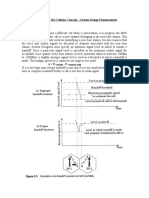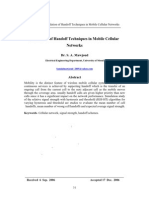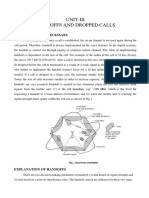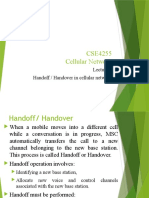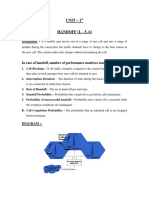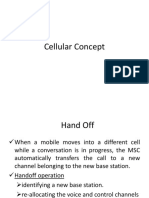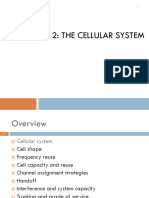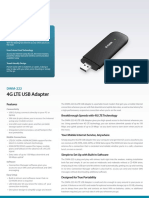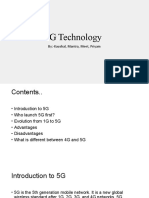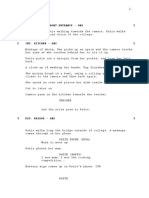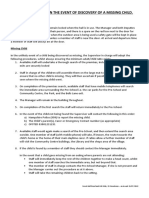0% found this document useful (0 votes)
10 views18 pagesWC Unit 2
Wireless Communication Chapter 2 SGBAU
Uploaded by
jayeshdeshmukh257Copyright
© © All Rights Reserved
We take content rights seriously. If you suspect this is your content, claim it here.
Available Formats
Download as PDF, TXT or read online on Scribd
0% found this document useful (0 votes)
10 views18 pagesWC Unit 2
Wireless Communication Chapter 2 SGBAU
Uploaded by
jayeshdeshmukh257Copyright
© © All Rights Reserved
We take content rights seriously. If you suspect this is your content, claim it here.
Available Formats
Download as PDF, TXT or read online on Scribd
/ 18




